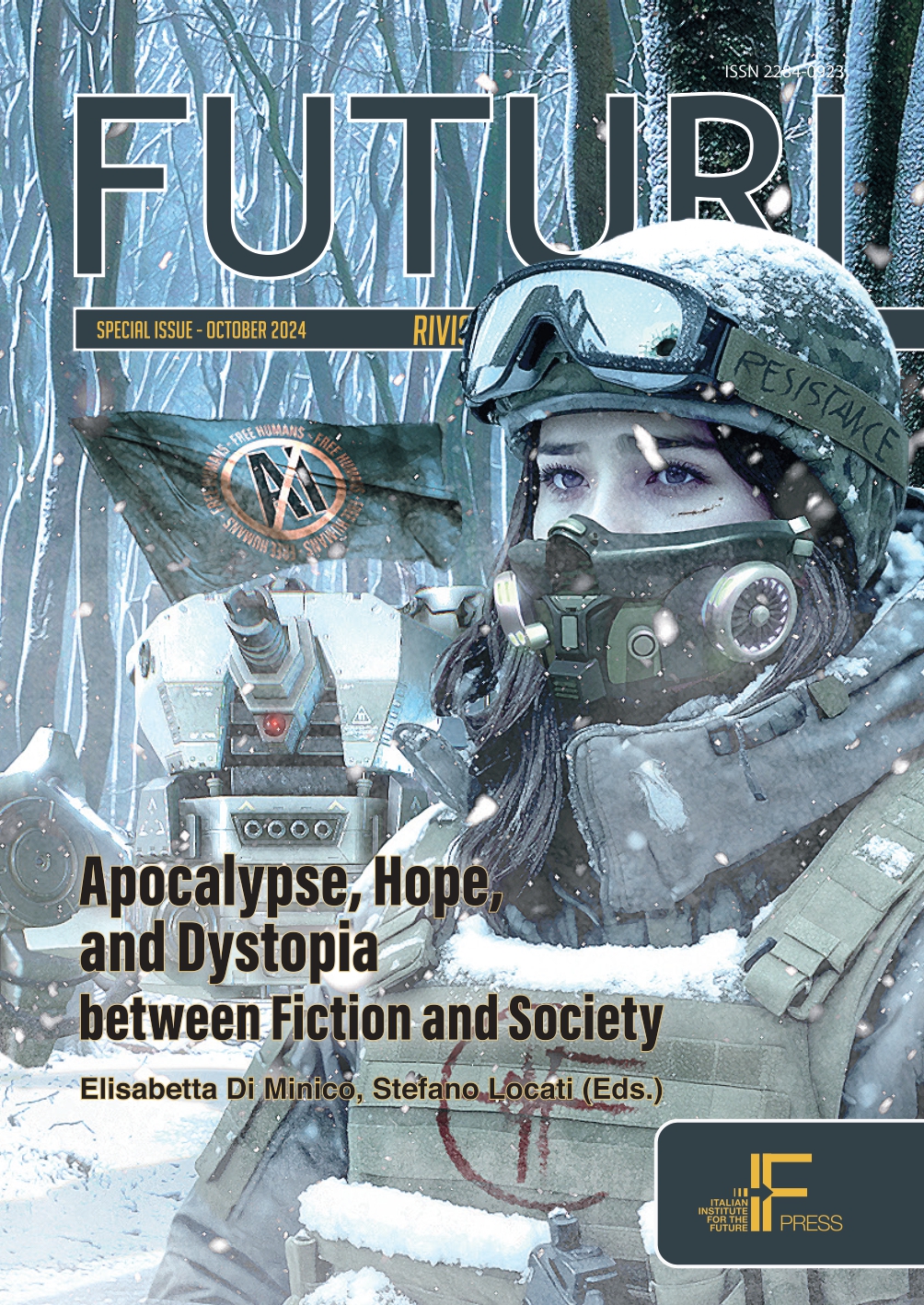Annihilation, Images of the COVID-19 Pandemic, and the Possibility of a Future Without “Us”

Pubblicato 14-02-2025
Parole chiave
- Annihilation,
- Weird,
- Anthropocene,
- COVID-19,
- CGI

Questo lavoro è fornito con la licenza Creative Commons Attribuzione - Non commerciale - Non opere derivate 4.0 Internazionale.
Abstract
This article explores how digital images may articulate more-than-human worlds. I begin with Alex Garland’s New Weird film Annihilation to discuss the ways in which it breaks down the boundaries between the human and the nonhuman, picturing an anti-anthropocentric world in which life flourishes without caring for “us”. I engage with the film’s story as well as the computer-generated effects that dissolve the human into flows of matter, drawing conceptual convergences. By referring to Gilles Deleuze’s third synthesis of time in relation to digital images, I argue that the film can be seen as presenting us with aesthetic articulations of an open and inhuman future to come – of wondrous yet terrifying flourishings of life after “us” humans. Following the environmental concerns of VanderMeer’s eponymous novel, from which the film was adapted, I discuss how the film, significantly, evokes imagery of cellular cancerous mutations, contaminations, and post-apocalyptic flourishings of wilderness in spaces that were once inhabited by humans. The final part of this article offers some initial considerations on how Annihilation’s concerns are momentous. In particular, by exploring resonances between the film and popular images and discourses from the height of the COVID-19 pandemic, I hope to show how the film – which may be seen as depicting a pandemic of sorts, affecting human and nonhuman entities alike – can illuminate aspects of the present moment.
